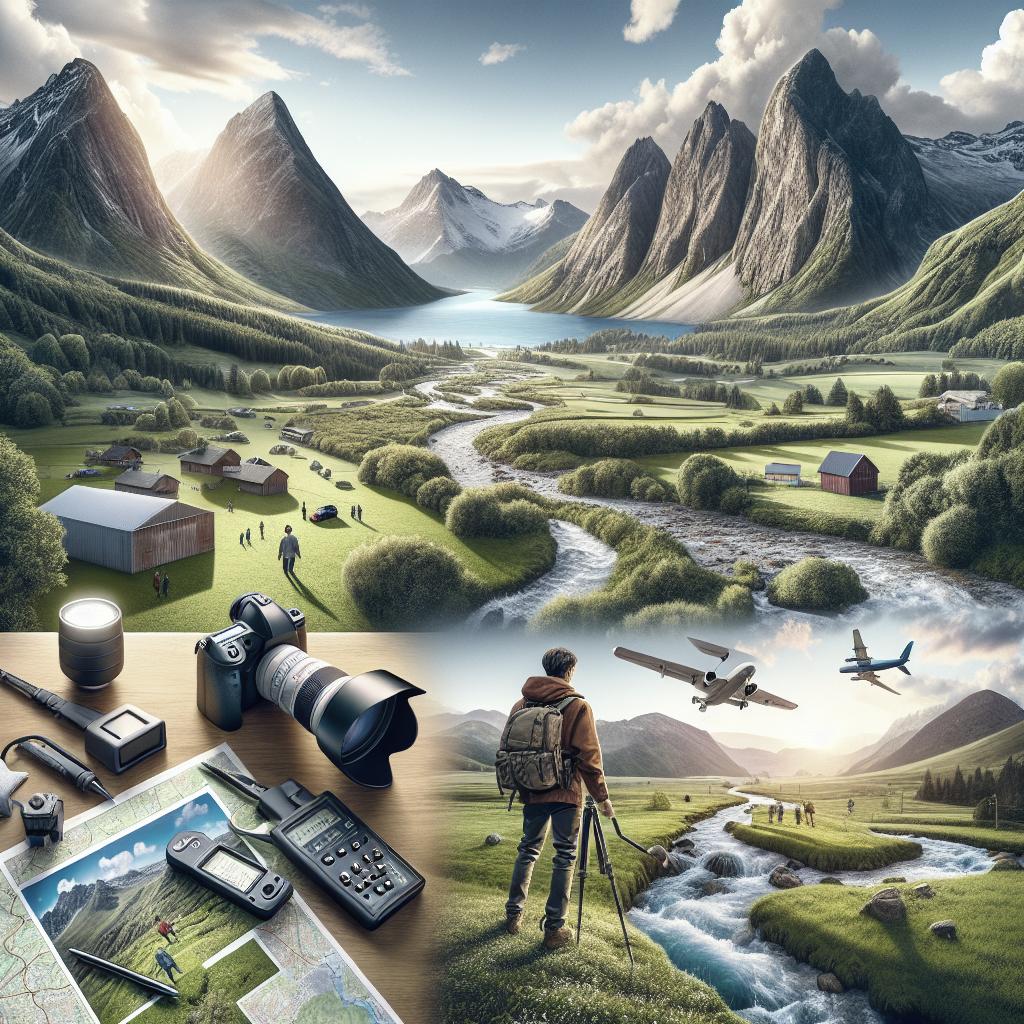“`html
How to Scout Locations for Photography
Scouting the perfect location can make or break a photoshoot. It’s all about finding that sweet spot where composition, lighting, and accessibility collide to create stunning images. In this guide, we’ll explore key factors to consider when searching for that ideal setting. From public land to weather conditions, and some truly inspirational sites for photographers, we’ll cover all that you need to consider. Each location varies, so stay adaptable and inspired as you embark on this creative quest.
3 Things I’m Looking for When Location Scouting
When scouting locations, my main focus is on three aspects: accessibility, versatility, and uniqueness. Accessibility ensures that your chosen location is easy to reach, and that you can transport equipment without hassle. Additionally, the location should offer versatile backdrops, allowing you to capture various moods and themes without being overly repetitive.
Uniqueness is the third and perhaps most essential element. It’s about having a locale that offers something distinctive, capturing the viewer’s interest. Whether it’s an abandoned building, a lush forest, or a unique urban landscape, the location should stand out and support the story you wish to tell through your lens.
Look for Public Land When Location Scouting
Public land is a blessed resource for photographers, offering vast and varied environments free of charge. National parks, state parks, and other publicly accessible spaces provide diverse terrain and backdrops. This expanse means you have more creative freedom to get the shots you need without purchasing permits or dealing with private property restrictions.
Additionally, these lands are often protected areas, which means they maintain their natural beauty and provide sustainable choices for repeated photography use. When using public lands, always remember to respect the rules, follow Leave No Trace principles, and obtain any necessary permits for organizing larger shoots.
Is the Sun in the Right Spot for Sunset?
Lighting is critical in photography, and nothing quite compares to the captivating hues of a well-timed sunset. When scouting locations, consider the angle and position of the sun at your desired shoot time. Doing so will help ensure you capture those golden hour shots perfectly.
Tools like The Photographer’s Ephemeris or apps that provide solar tracking information can be incredibly useful. These tools allow you to anticipate where shadows will fall, adjust composition accordingly, and maximize natural light use to create stunning images filled with depth and contrast.
Is There a Good Amount of Open Sky at the Location?
A broad expanse of open sky can add drama and scale to your photography. Open skies work wonders, especially at sunrise or sunset, creating backdrops that highlight subjects against a canvas of nature’s color palette. When choosing locations, take note of horizons and sky visibility at different angles to gauge the best time for photographing.
If shooting portraits, consider how the sky can frame or silhouette your subjects. A few scattered clouds can add texture to your images, while clear skies emphasize vastness, making them perfect for dramatic, wide-angle shots.
Here Are a Few Additional Tips to Help You Find the Perfect Location for Your Next Photo Session:
Research is paramount when scouting. Comb through online forums, photography blogs, and even social media tags for insights and inspiration on potential locations. Local photographers often share their favorite spots, providing first-hand information that could steer you towards your next great photographic adventure.
Don’t underestimate the value of a location scout trip. Visiting a location in advance allows you to witness how different times of day alter the environment, providing firsthand experience of lighting, potential obstacles, and backdrop variety. These trips offer a pragmatic way to figure out logistics, plan your shots, and perhaps spark unexpected inspiration.
Some Examples of Great Locations for Photography:
Urban environments like the streets of New York or the alleys of Paris offer dynamic backdrops for photographers. The juxtaposition of historical architecture against vibrant street life creates timeless scenes, each telling its story through the camera’s eye.
Nature lovers may find solace in majestic landscapes like the Grand Canyon or serene beaches at the Amalfi Coast. These locations provide naturescapes that invoke emotion and offer boundless compositions, from sweeping vistas to intimate macro shots of flora and fauna.
| Key Aspect | Description |
|---|---|
| Accessibility | Ensures a location is easy to reach and equipment can be transported without hassle. |
| Versatility | Offers varied backdrops to capture different moods and themes. |
| Uniqueness | Provides a locale with distinctive features that captivates viewers. |
| Public Land | Provides free, accessible landscapes with fewer restrictions and natural beauty. |
| Sun Position | Ensures optimal lighting during golden hours for stunning images. |
| Open Sky | Adds drama and scale, ideal for sunrise, sunset, silhouettes, and wide-angle shots. |
| Research and Scouting | Involves online research and in-person visits for informed location decisions. |
“`

